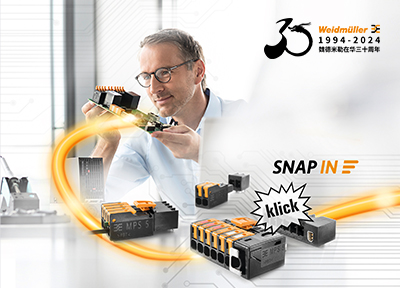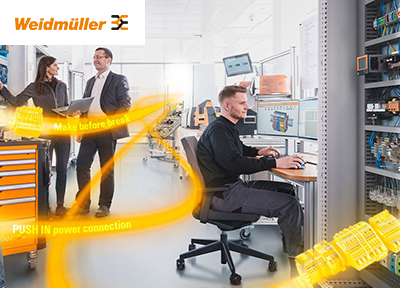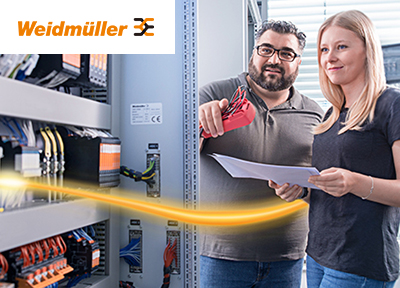Driving down the street you decide to stop to fill your gas tank. Being an eco-conscious driver, you have a flex-fuel vehicle that can burn E-85控制工程网版权所有, a mix that is 85% ethanol and only 15% gasoline. While you fill your tank控制工程网版权所有, you realize that the building next to the pumps isn't a normal gas station. It's actually an automated bioethanol plant控制工程网版权所有, and the fuel you're pumping is made from local waste feedstock.
This kind of scenario is already happening in Finland, thanks to St1 Biofuels Oy. The comp
While fuel ethanol manufacture in the U.S. centers on large regional production sites, St1 has built its business model around the idea of building small, highly-automated plants that can be controlled from a central location. The company looks for sites where suitable feedstocks are available, avoiding the need for extensive transportation costs of raw or finished product. If a plant can also capture waste heat from a neighbor, that is an additional benefit.
The range of products that qualify as feedstocks is more extensive than you might think, and most would probably be regarded as garbage. Lappeenranta consumes 5,000 tons of bakery and candy factory waste to manufacture 1.5 million liters (396,000 gallons) of ethanol annually. The N?rpi? facility is co-located with a potato processor and makes 1.5 million liters from that plant's waste stream. None of the plants consume usable food products.
www.cechina.cn, such as bakeries and other food processors. Source: St1 Biofuels " hspace="0" src="http://www.cechina.cn/upload/article/87bf4835-5a4b-4a62-b9c0-c219f9f7683f/1.jpg" width="350" border="0">
The Narpio facility is located on the site of a potato processor. St1 seeks partnerships with companies that produce suitable wdaste streamswww.cechina.cn, such as bakeries and other food processors.
The process of fermentation and distillation is straightforward, and St1 contends that large scale does not always bring production economies. Its experience is that smaller plants are easier to build close to customers, requiring less equipment and less e


 在线会议
在线会议 论坛
论坛 专题
专题 工控直播
工控直播 新闻中心
新闻中心 子站
子站 技术
技术 社区
社区



 IDEC HR8S系列新一代安全继电器有奖试用活动
IDEC HR8S系列新一代安全继电器有奖试用活动 2025(第二十一届)年度最佳产品奖有奖投票中
2025(第二十一届)年度最佳产品奖有奖投票中 AVEVA剑维软件食品饮料行业白皮书有奖下载
AVEVA剑维软件食品饮料行业白皮书有奖下载 立即有奖下载TE重载连接器选型指南
立即有奖下载TE重载连接器选型指南 2025(第十四届)全球自动化和制造主题峰会
2025(第十四届)全球自动化和制造主题峰会




























